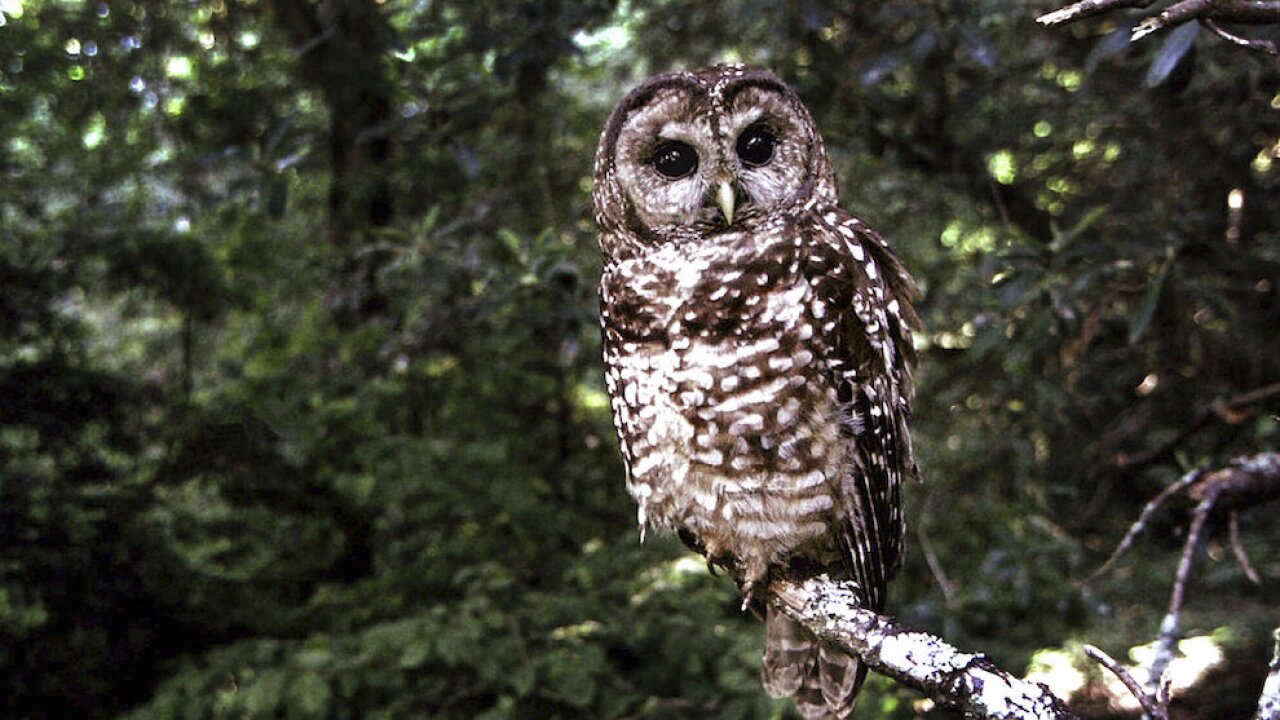The Endangered Species Act of 1973 turns 50 this year in December.
It protects species that are on the brink of extinction. A study by the Center for Biological Diversity found the Endangered Species Act has prevented the extinction of roughly 291 species.
“The intent of the law is to protect the whole ecosystem that the species needs to thrive,” said Tierra Curry, a senior scientist at the Center for Biological Diversity. The center is a nonprofit conservation organization focused on ending extinction.
As a species declines in population, they are put on the endangered list.
“The bald eagle, the peregrine falcon, the American alligator, grizzly bears, gray wolves, so many species are still here because of the Endangered Species Act,” Curry said. “Eighty percent of listed species are moving toward recovery.”
While the Act has saved species and their habitats and allowed their populations to recover, critics are skeptical.
“A lot of critics of the act say, ‘Oh look, less than 100 species have ever come off the list’, but that's because recovery takes time. It takes time to address those threats, to prop them back up, and to get them the help that they need,” she said.
A 2019 report by the United Nations found that around 1 million animal and plant species are now threatened with extinction, many within decades.
“All of this is happening because of habitat loss, development, invasive species, pollution, pesticides, climate change, and then direct exploitation of animals,” Curry said. “Wildlife populations around the globe have declined on average 69 percent over the last 40 years.”
Experts say the Endangered Species Act is just one tool in helping protect the planet’s biodiversity. For example, this month, the U.S. Fish and Wildlife Service announced the Fender’s blue butterfly was down-listed from endangered to threatened under the Act.
“When we decide to protect a species and give it funding, it generally does recover. Extinction isn't inevitable, we can do something about it,” Curry said.




